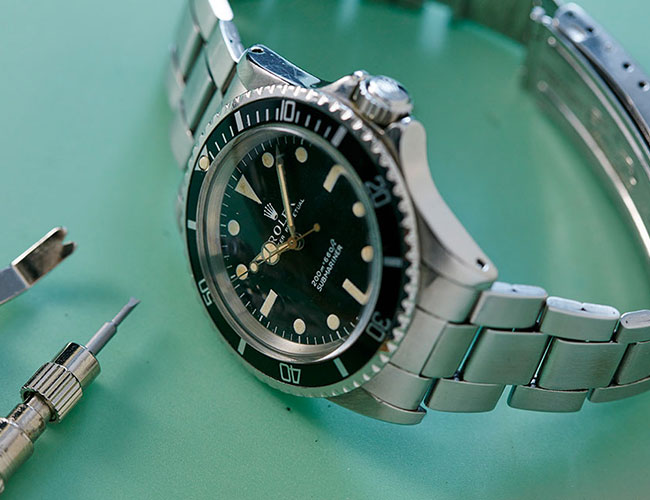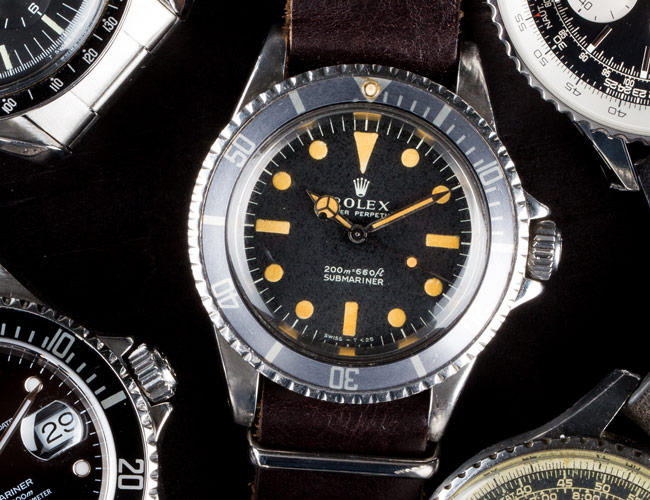Brand names like Rolex, Patek, Audemars Piguet and Omega dominate the headspace of vintage watch collectors, not just because of their exceptional quality, but their historical significance, too. These are names that have been around for decades, and in some cases centuries; they’ve come to help define what the watch industry is today.
But these legacy brands aren’t the exclusive purveyors of significant, lust-worthy vintage watches. Before the quartz crisis of the 1970s and ’80s, there were dozens of other watchmakers out there producing exceptional timepieces. Though most of them were victims of a seismic shift in timekeeping technology, their watches are worth collecting.
Cortébert
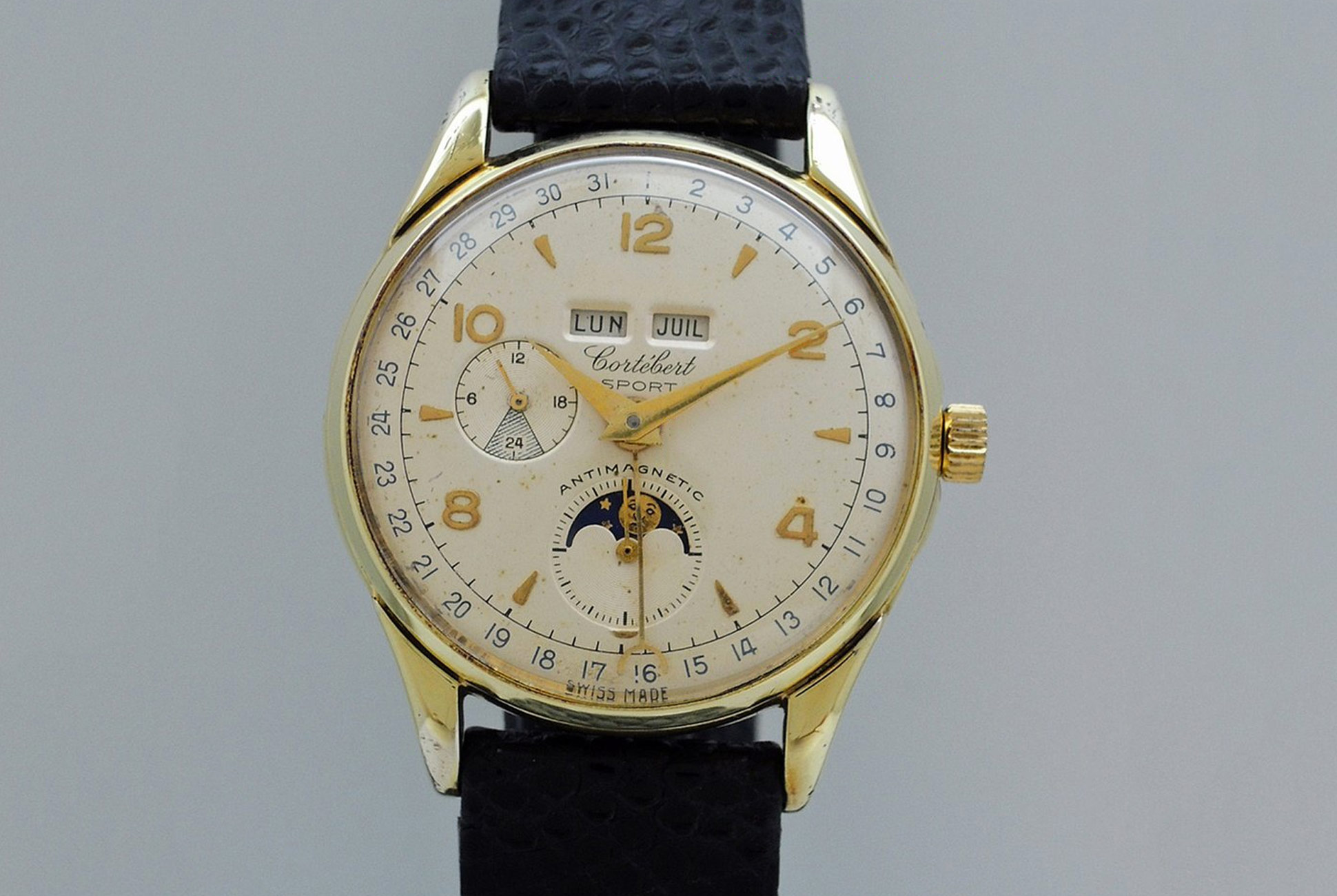
Cortébert’s roots go back all the way to 1790, when watchmaker Abraham-Louis Juillard opened up his watch store in Cortébert, Switzerland. However, the name wasn’t used until the mid-19th century. Not much is known about Cortébert (its records were lost in a fire in the ’50s), but it was considered a high-end brand in its day. It is perhaps best known today for accurate railway watches supplied to the Turkish and Italian railway system (the latter which were sold under the Perseo brand name).
Cortébert also produced one of the world’s first jumping hour watches in the 1890s when it acquired the rights to use a jumping hour movement made by watchmaker Josef Pallweber (the movement was more famously used by IWC). Cortébert eventually produced a jumping hour wristwatch in the 1920s. Supposedly, it even built the movement that formed the basis for the Rolex 618 which was used in old Panerai watches. Despite this watchmaking legacy, Cortébert eventually became a victim of the so-called Quartz Crisis and shuttered. The remnants of Cortébert continue as Perseo today, though it’s an entirely different company to the former juggernaut it once was.
Cortébert Watches to Collect
Cortébert Sport: See Listings
Cortébert Grand Prix: See Listings
Cortébert Turkish Railroad Watch: See Listings
Elgin
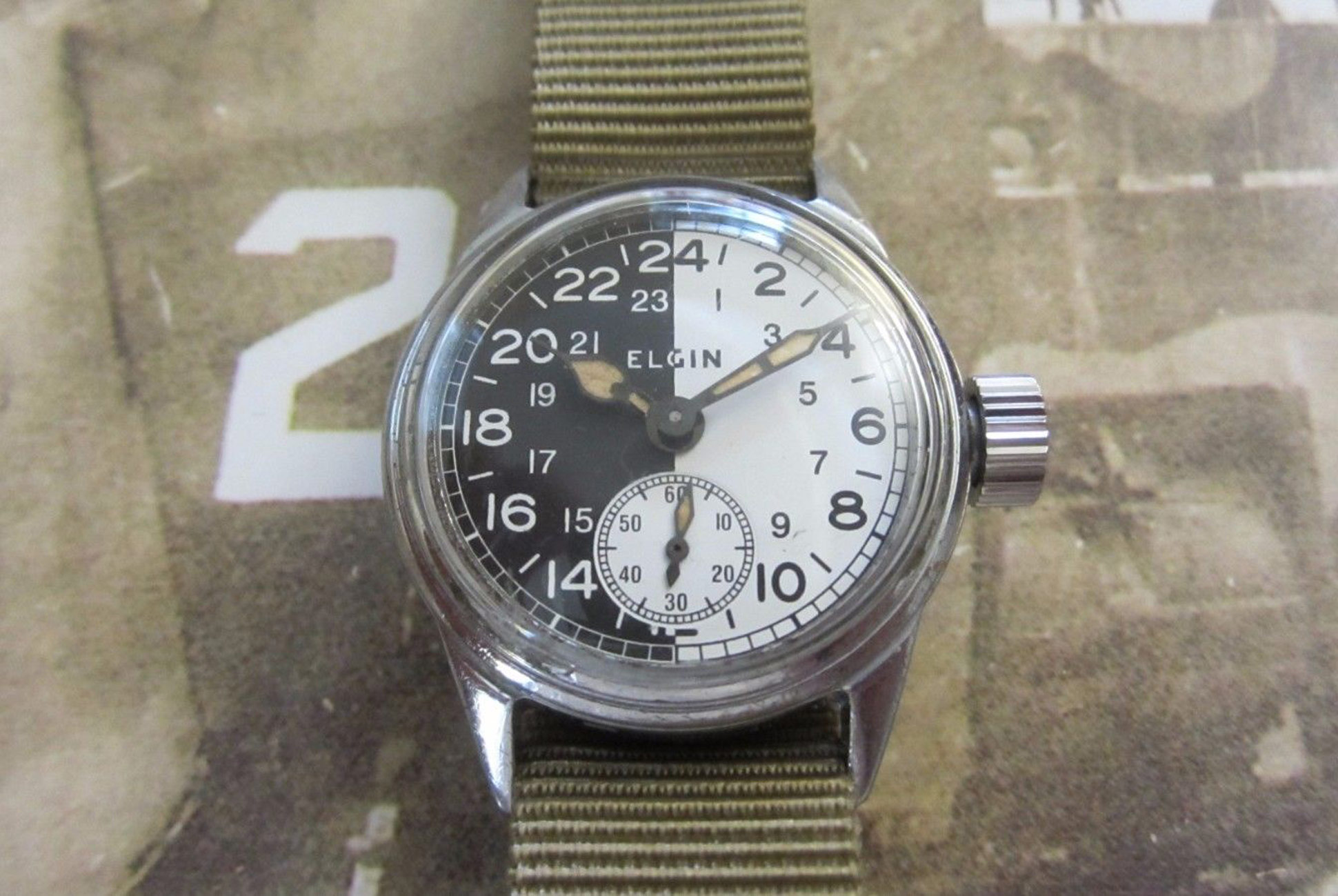
Based outside Chicago in the town of Elgin, Illinois, and founded in the 1860s, the Elgin National Watch Company was one of the earliest watchmakers to set up shop in America. It was also the biggest: Throughout the late 1800s and early 1900s, its factory complex was the largest dedicated watchmaking facility in the world, and over the course of 100 years, the brand made around 60 million timepieces. Elgin was able to achieve such incredible production numbers by being an early adopter of mass production methods, using interchangeable, machine-made parts.
Much like other American watch companies, Elgin had a hard time keeping up with competition from Swiss watchmakers, who had been bolstered by Swiss neutrality during WWII, in the ’50s and ’60s, and eventually shuttered production in 1968. The Elgin name has been bought and sold numerous times since; any modern watches bearing the Elgin name are in no way related to the once-historic American watchmaking powerhouse.
Elgin made lots of pocket watches (as did a lot of American watchmakers during their heyday), but the brand was early to wristwatches and produced some excellent time-only watches. It made watches for the U.S. Military (notably the iconic A-11) as well as some unique and innovative designs, like the Direct Read (which displayed time on discs long before it became a trend). Given their ubiquity in America, vintage Elgin watches are relatively cheap to acquire and service, with most models selling for just a few hundred dollars on the vintage market.
Elgin Watches to Collect
Elgin Shockmaster See Listings
Elgin A-11 See Listings
Elgin Direct Read See Listings
Gruen
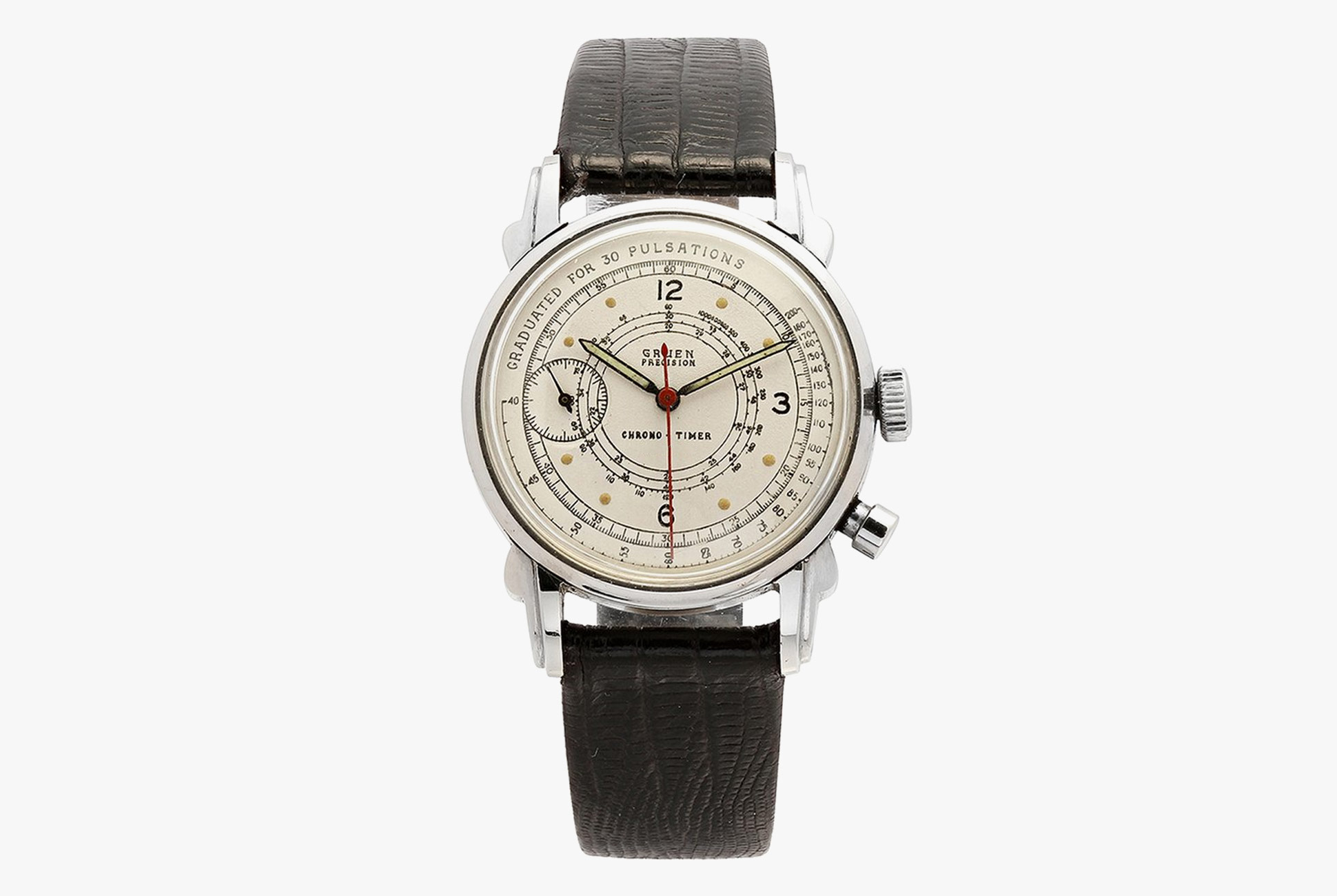
Like Elgin, Gruen used to be one of the biggest watch manufacturers in the U.S. Founded in Cincinnati in the 1870s by German-born watchmaker Dietrich Grün (he would later change the name to Gruen), the company went through several name changes until it just became the Gruen Watch Company in the early 20th century. It was notable for being an American company that produced its own movements in Switzerland — the company maintained a movement production facility in Biel — but its watches were still adjusted, dialed and cased in the U.S.
Gruen introduced many innovations and watches. Grün himself invented the safety pinion, which prevented damage to the movement if the mainspring broke — this was incorporated into Gruen movements. Gruen also experimented with watches using super-thin movements (known as the Veri-Thin), and its boldest design — the Curvex — put a curved movement design in a curved rectangular case. Curved rectangular watches, meant to conform with the wearer’s wrist, were popular at the time but used flat movements. Using a curved caliber allowed the inner workings to be larger and more robust, but the watch itself remained thin.
In 1953, the Gruen family sold their interests in the company, and by 1958 the company had been broken up. The U.S. facilities moved from Ohio to New York while the Swiss operations eventually closed in 1977.
Gruen Watches to Collect
Gruen Curvex: See Listings
Gruen Precision: See Listings
Gruen Pan American: See Listings
Lemania
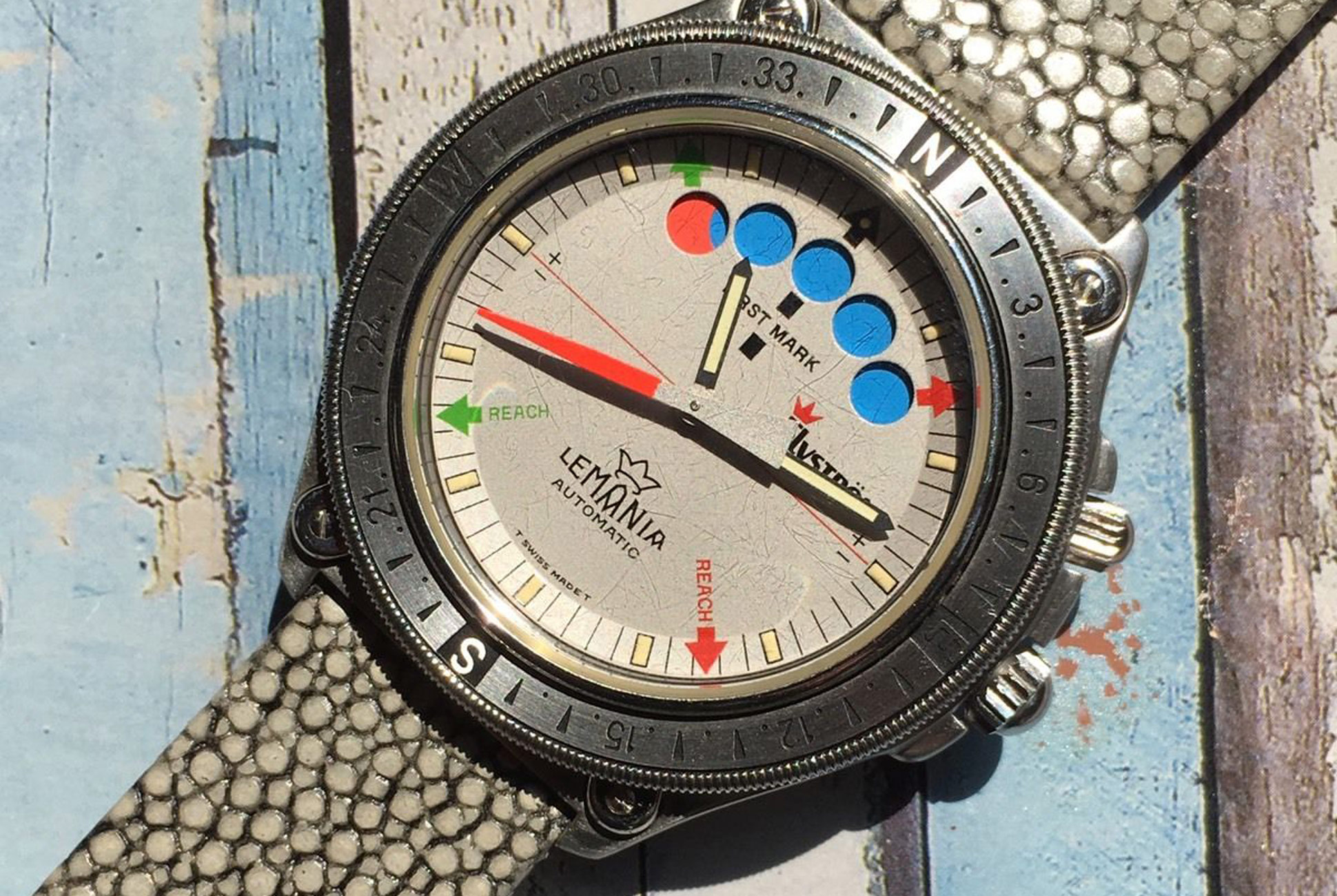
Founded in 1884, Lemania produced ébauches movements that were primarily used by other watchmakers. From the beginning, the brand specialized in chronographs, and its know-how with the complication led to some legendary chronograph movements, including the Caliber 1873, used in the original Omega Speedmaster and the simple Caliber 5100 used in a number of watches from Sinn, Tutima, Porsche Design and Omega and became a mainstay in some militaries. And though Lemania mainly focused on building movements, there were a number of Lemania-branded watches produced during the 20th century.
Like many forgotten watch brands from the previous century, Lemania fell with the rise of the quartz watch in the 1970s. The brand was resurrected in the ’80s as Nouvelle Lemania, then acquired by Swatch Group in 1999 along with Breguet. Today the Lemania name is no longer in use, but the company still makes calibers for Breguet and Swatch Group. Lemanias, like many of their tool watch contemporaries from the 20th century, are in vogue with collectors today. While some time-only models can go for under $1,000, chronographs, especially in good shape, will usually set you back at least $1,500.
Lemania Watches to Collect
Lemania 192 See Listings
Lemania CH27 See Listings
Lemania Elvström See Listings
There’s risk but there’s also a lot of reward. Read the Story
Smiths
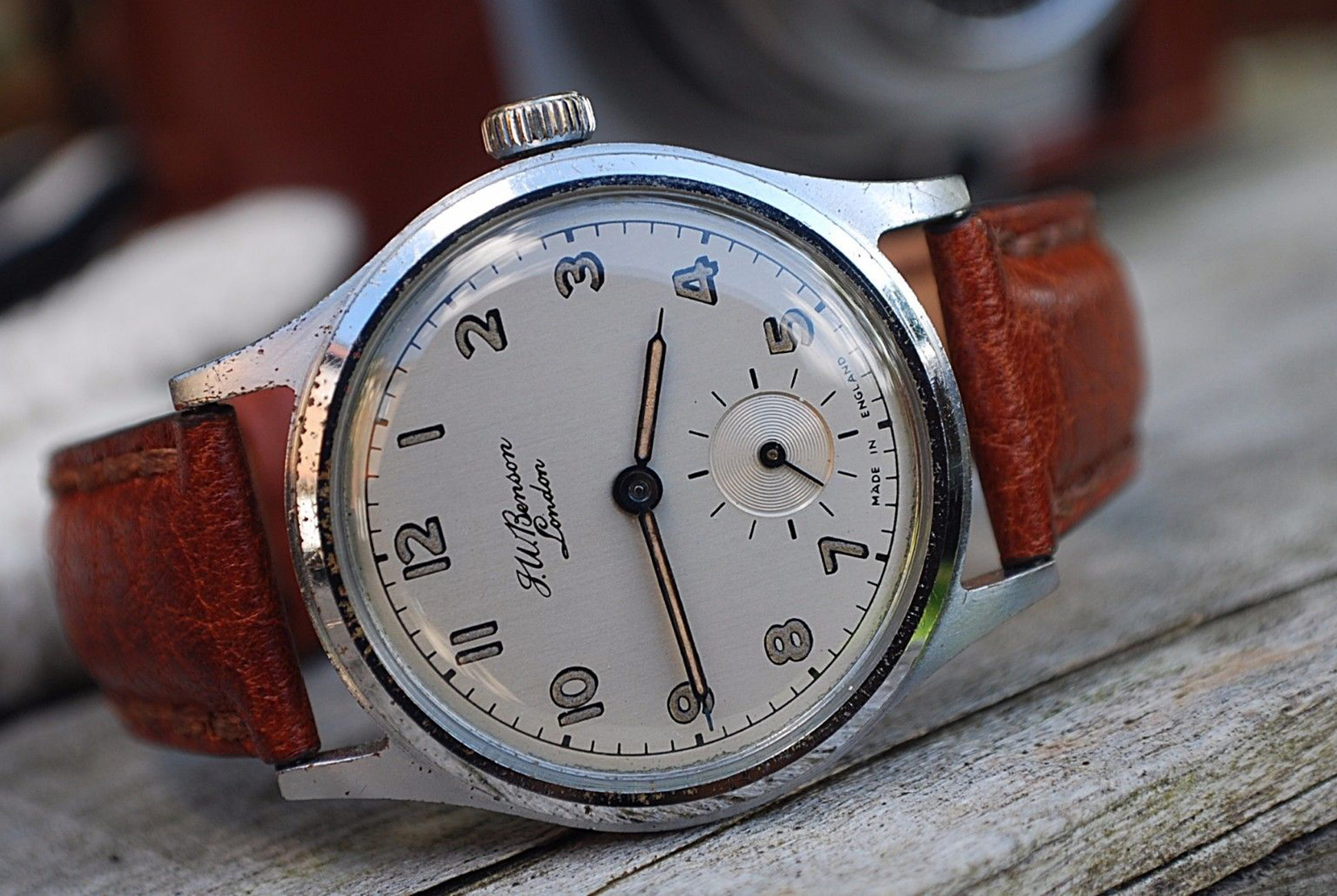
Smiths (today Smiths Group) started as S. Smith & Sons, a jewelry shop and clockmaker in South London. Founded in 1851, the business evolved over the years; by the turn of the century, Smiths was making instruments for cars and aircraft (in fact, Smiths instruments were fitted on the first trans-Atlantic flight in 1919 and the first commercial jet in 1952). While the brand was famous for its instruments, its clock production accounted for half of the UK market at the onset of WWII.
It wasn’t until after WWII that Smiths started making wrist watches in England. Its watches were relatively simple, but the watchmaker’s biggest moment came in 1953 when Sir Edmond Hillary took a Smiths Deluxe to the top of Everest (along with a Rolex Explorer). By Hillary’s account, the watch worked perfectly.
Smiths’ popularity grew, but with the introduction of quartz watches, Smiths decided to stop producing watches to focus on aerospace and medical industries. Today, Timefactors produces a handful of watches under the Smiths name, but they are not in any way related to Smiths watches of the mid-20th century. Vintage Smiths watches, despite their historical significance, are fairly cheap today, save for the military-spec W10, which typically sells for well over $1,000.
Smiths Watches to Collect
Smiths Deluxe See Listings
Smiths Everest See Listings
Smiths W10 See Listings
Universal Genéve
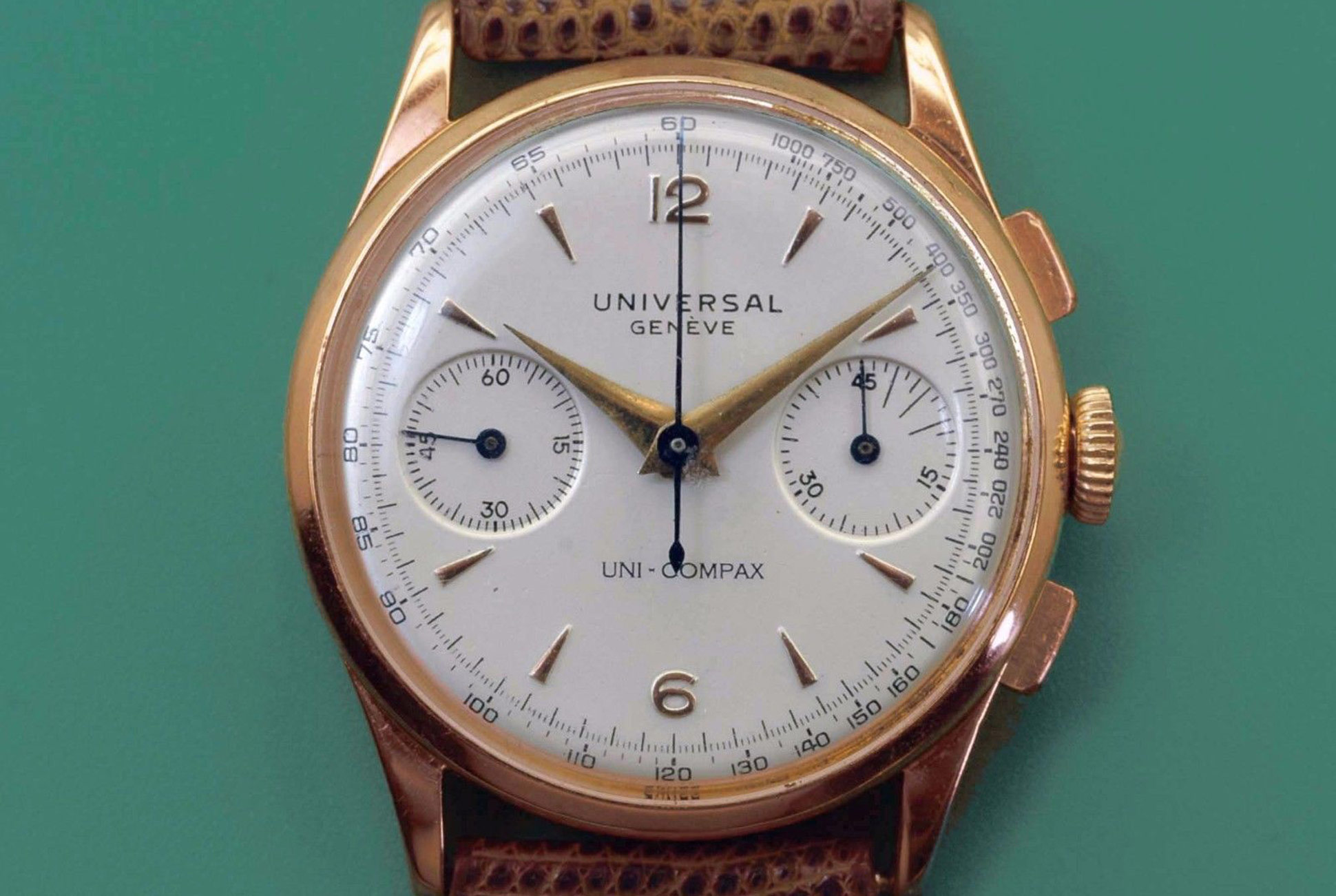
Founded in Le Locle in 1894, Universal Genéve is perhaps one of the most influential Swiss watchmakers to seemingly disappear from the face of the earth. In 1917, during World War I, Universal Genéve was the first watchmaker to create a chronograph wristwatch. By the 1930s, chronographs became a main focus for the brand; Genéve produced its now-iconic series of Compax chronographs. After World War II, Universal Genéve was one of the first watchmakers to experiment with micro-rotor automatic watches, releasing its first micro-rotor watch, the Gérald Genta-designed Polarouter, in 1954.
During the late ’60s and early 1970s, Universal Genéve was owned by Bulova, and, in the thick of the Quartz Crisis, it was one of the few Swiss watchmakers to attempt to make and sell its own quartz movement. In 1989, the brand was sold to Stelux, a Hong Kong–based investment firm. It released some micro-rotor watches since the acquisition but Universal Genéve appears to have not released a new watch since 2009. Still, vintage Universals make for a great investment today, as prices (especially for Compax chronographs) have steadily increased over the last couple years.
Universal Genéve Watches to Colelct
Universal Genéve Polerouter See Listings
Universal Genéve Uni-Compax See Listings
Universal Genéve Tri-Compax See Listings
According to the experts. Read the Story
Wittnauer
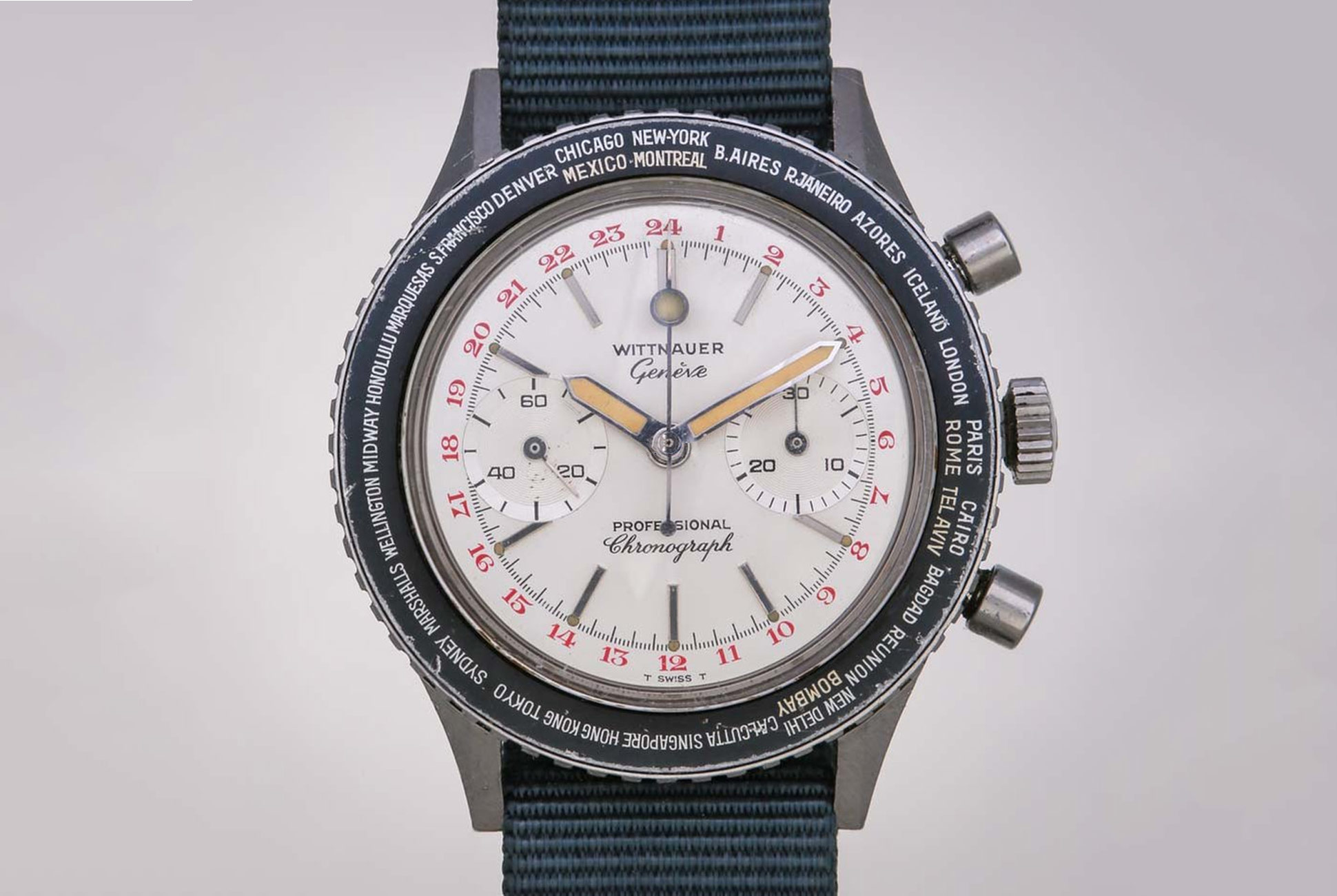
Wittnauer was founded in New York in the 1880s by a Swiss immigrant named Albert Wittnauer, who initially worked for his brother-in-law’s fine watch importing business. Wittnauer saw a need for Swiss-made watches tailored for the U.S. market and began using Swiss-sourced movements (from a variety of suppliers) to produce a more-affordable alternative to other Swiss imports. One of the brand’s first big innovations in wristwatches was the AllProof of the 1920s, claimed to be the first watch in the world that was shockproof, waterproof and antimagnetic.
Wittnauer’s timepieces and flight instruments were adopted by the military early on. During WWI, many Wittnauer wristwatches replaced bulky pocket watches for infantrymen, and the brand’s flight instruments were used in many American aircraft during the first World War. Wittnauer instruments were even equipped in Amelia Earhart’s Lockheed Vega-5B when she made her solo flight across the Atlantic in 1932. Wittnauer would also produce tons of clocks, timers compasses and watches for the U.S. Military during WWII.
Unlike many other watchmakers, Wittnauer was not steamrolled by the introduction of the quartz watch. It produced its first electronic watch in 1957, and, in 1969, was acquired by Westinghouse. The brand would build both quartz and mechanical watches (including chronographs and perpetual calendars and other complications) during the ’70s, though in the ’80s and ’90s the brand began to fall into obscurity. In 2001, Wittnauer was purchased by Bulova, and today serves as a sub-brand.


